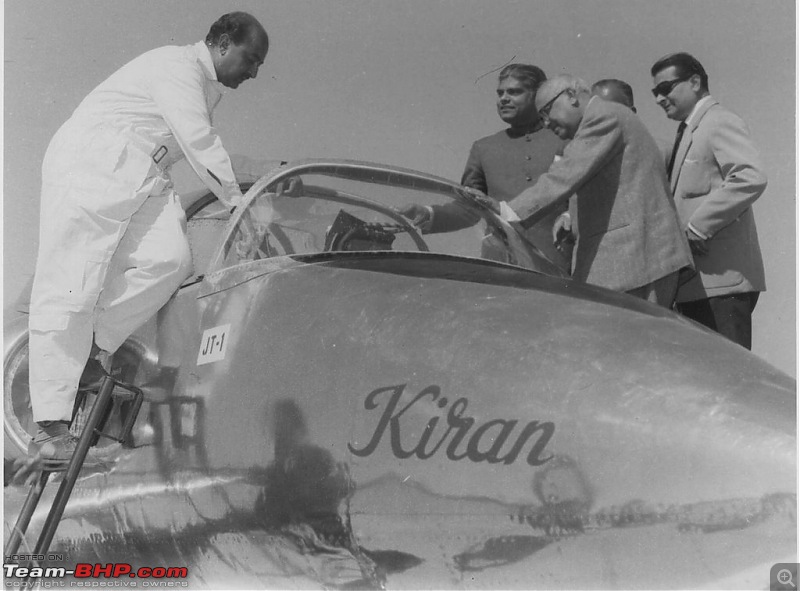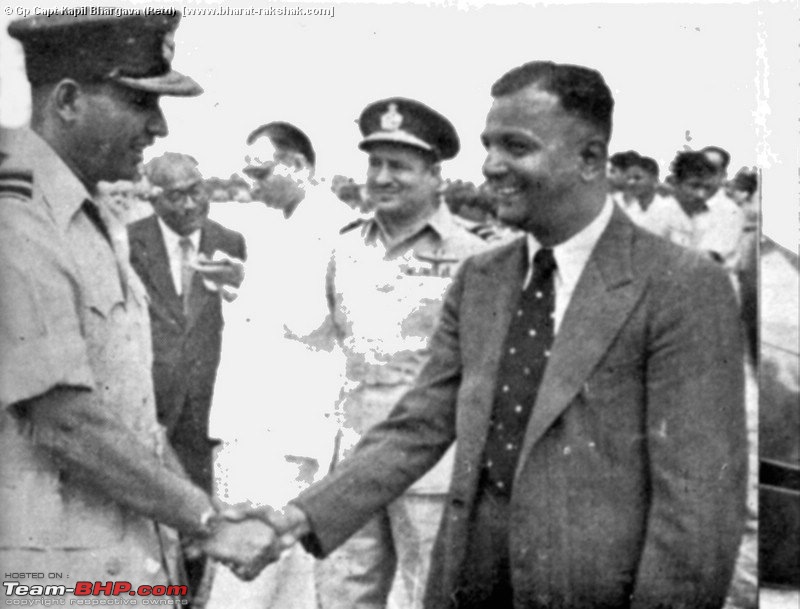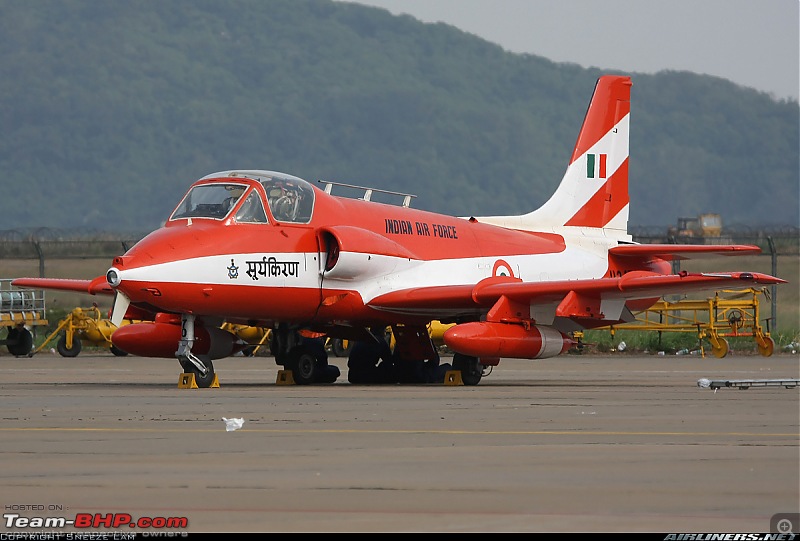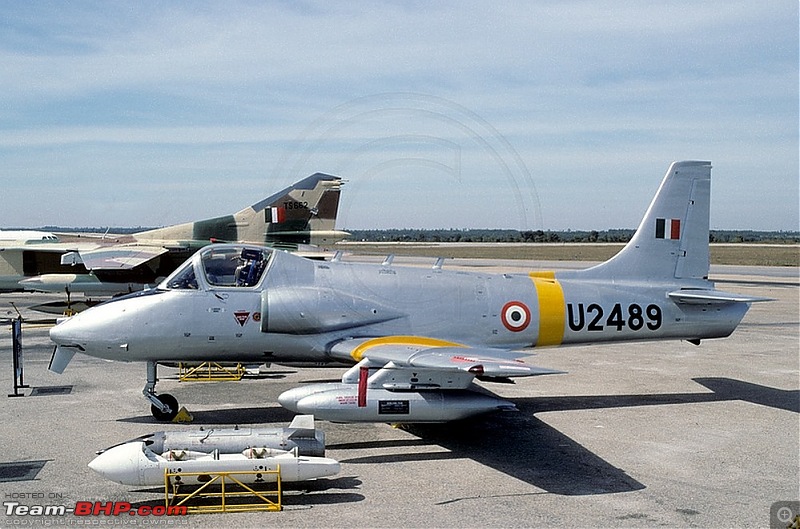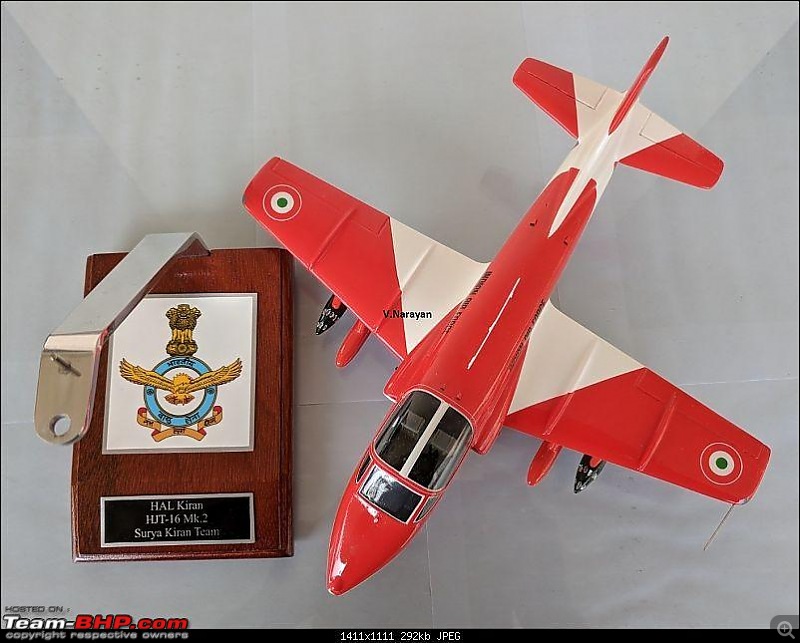| | #166 |
| Distinguished - BHPian  Join Date: Aug 2014 Location: Delhi-NCR
Posts: 4,071
Thanked: 64,296 Times
| |
| |  (8)
Thanks (8)
Thanks
|
| |
| | #167 |
| BHPian Join Date: Sep 2010 Location: Chennai
Posts: 325
Thanked: 793 Times
| |
| |  (3)
Thanks (3)
Thanks
|
| | #168 |
| Senior - BHPian | |
| |  (3)
Thanks (3)
Thanks
|
| | #169 |
| Distinguished - BHPian  Join Date: Aug 2014 Location: Delhi-NCR
Posts: 4,071
Thanked: 64,296 Times
| |
| |  (6)
Thanks (6)
Thanks
|
| | #170 |
| Senior - BHPian Join Date: Jul 2009 Location: Calcutta
Posts: 4,668
Thanked: 6,217 Times
| |
| |  (1)
Thanks (1)
Thanks
|
| | #171 |
| Distinguished - BHPian  Join Date: Aug 2014 Location: Delhi-NCR
Posts: 4,071
Thanked: 64,296 Times
| |
| |  (4)
Thanks (4)
Thanks
|
| | #172 |
| Senior - BHPian Join Date: Jul 2009 Location: Calcutta
Posts: 4,668
Thanked: 6,217 Times
| |
| |  (2)
Thanks (2)
Thanks
|
| | #173 |
| Distinguished - BHPian  | |
| |  (2)
Thanks (2)
Thanks
|
| | #174 |
| BHPian | |
| |  (3)
Thanks (3)
Thanks
|
| | #175 |
| Senior - BHPian Join Date: Jul 2009 Location: Calcutta
Posts: 4,668
Thanked: 6,217 Times
| |
| |  (1)
Thanks (1)
Thanks
|
| | #176 |
| Distinguished - BHPian  | |
| |  (1)
Thanks (1)
Thanks
|
| |
| | #177 |
| Distinguished - BHPian  Join Date: Aug 2014 Location: Delhi-NCR
Posts: 4,071
Thanked: 64,296 Times
| |
| |  (4)
Thanks (4)
Thanks
|
| | #178 |
| BHPian Join Date: May 2009 Location: NYC / Lucknow
Posts: 615
Thanked: 3,520 Times
| |
| |  (4)
Thanks (4)
Thanks
|
| | #179 |
| Distinguished - BHPian  Join Date: Jun 2012 Location: BengaLuru
Posts: 5,657
Thanked: 19,395 Times
| |
| |  (1)
Thanks (1)
Thanks
|
| | #180 |
| Distinguished - BHPian  Join Date: Aug 2014 Location: Delhi-NCR
Posts: 4,071
Thanked: 64,296 Times
| |
| |  (3)
Thanks (3)
Thanks
|
 |
Most Viewed



